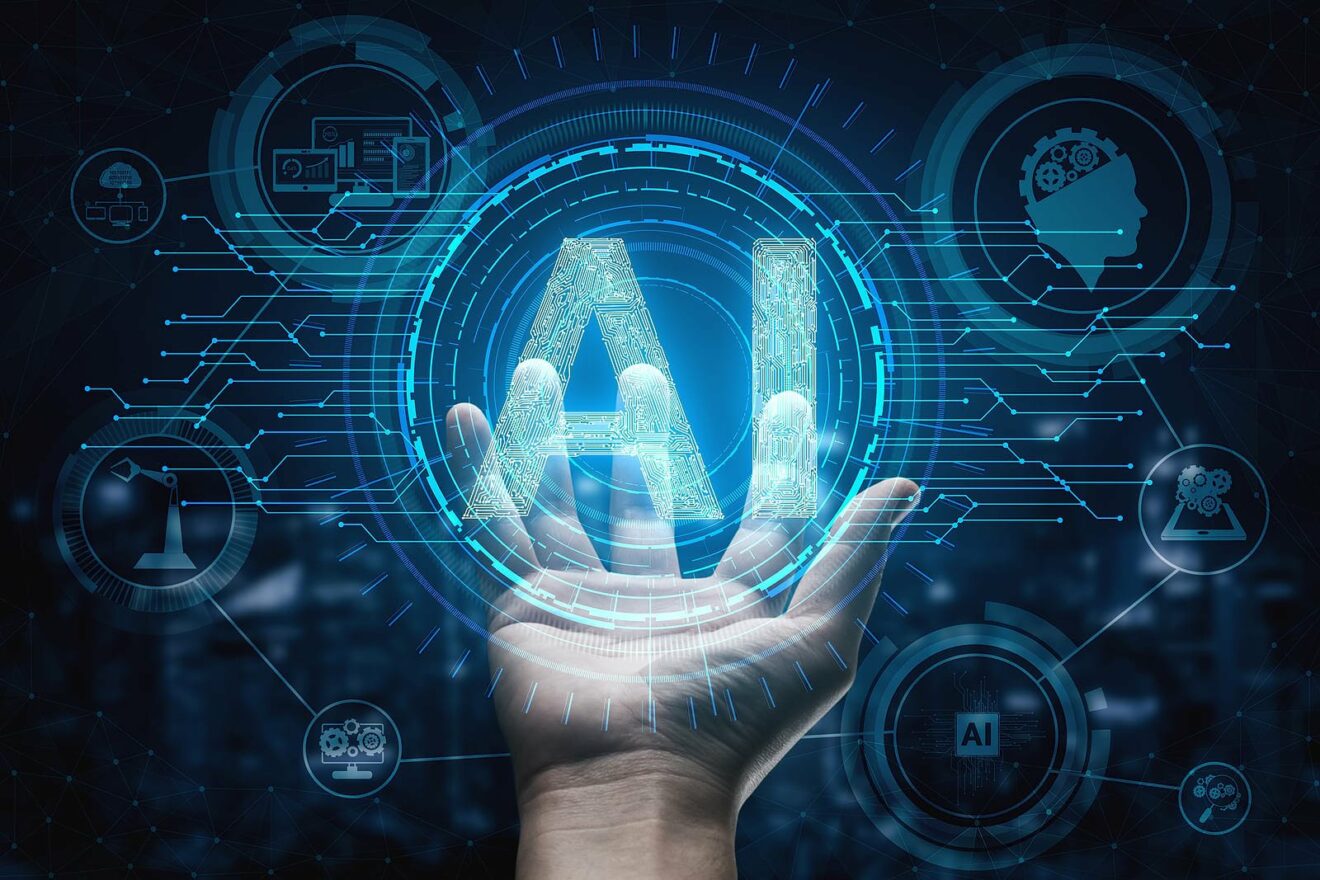
There is a threat to workers in the data centers that power billions of applications, websites, and services. Electrical equipment in data centers must sometimes be serviced by data center employees. Liquid cooling systems in computers and servers are often disinfected with chlorine. A chlorine gas leak at Apple’s data center in Maiden, North Carolina, in June 2015 resulted in the hospitalization of numerous people.
The level of security provided by data centers is unmatched. Leading technological companies across the globe are looking at ways to reduce the likelihood of accidents via the use of artificial intelligence (AI). Microsoft is developing an artificial intelligence system that can identify and report on any safety issues that arise in the design and operation of data centers. Data center performance may be predicted using this kind of technology.
As of the end of the year, both programs are expected to be ready for use.
According to Meta, they’re trying out fresh approaches. Under “severe environmental conditions,” AI can forecast how its data centers will perform. As a result of this research, the company has developed physical models of hostile environments and used the data from these models to improve server power consumption.
Various sensors are installed throughout Meta’s data centers to capture operational data from the racks, servers, and hallways. Each server or network device generates a different amount of power, heat, and airflow in a data center. Data from servers and AI algorithms help our infrastructure team arrange servers, racks, and workloads in the most efficient way possible.
In addition to providing security, data centers also provide a variety of other duties. Having frequent outages costs money. One-third of data center owners and operators experienced a major outage in the preceding year, according to research by 2020, an IT consulting organization. An increase from 10% in 2019 to 60% of customers saying their outage cost more than $1 million is encouraging.
$1.6 billion in data centers in Texas and Missouri are part of Meta’s global network of more than 20 data centers. The number of data centers managed by Microsoft has grown to over 200, with 50-100 new data centers being built out each year.
Artificial intelligence (AI) may uncover previously unrecognized energy and cost-saving opportunities in the data center. DeepMind’s AI, according to Google, reduced data center power consumption by 30% in 2018.
As for the first release, DeepMind wouldn’t say anything. Neither Amazon nor IBM made a peep. Energy utilization optimization is a claim made both by Meta and Microsoft.
To monitor and reduce electricity and water consumption anomalies in data centers, Microsoft developed “anomaly detection algorithms” in late 2021. Power meters in data centers are scanned using artificial intelligence (AI) to prevent wasted power, network, and cooling capacity.
To reduce the amount of chilled air it pumps into data centers, Meta utilizes reinforcement learning. In artificial intelligence, a process known as reinforcement learning, mistakes are made, and subsequently, lessons are learned. The company’s data centers rely significantly on outside air and evaporative cooling, thus airflow management is critical.
The environmental effect of AI energy management systems is reduced. This report summarizes the findings of the EIA. By 2020, data centers will account for 1% of worldwide electricity consumption and 3% of global CO2 emissions. A typical data center uses as much water per day as a city of 30,000 people.
In the year 2025, Microsoft expects all of its data centers to be powered entirely by renewable energy. According to Meta, this will be the case in 2020.











